There are many reasons why a rhinoplasty procedure may not produce ideal results. At FacesFirst, we want our patients to be completely confident in how they look, which is why we offer the revision rhinoplasty procedure, which corrects any undesired outcomes from previous nose surgery. Get the results you expected the first time. Feel confident when you look in the mirror with a revision rhinoplasty in Denver or Lone Tree, CO.
What is Revision Rhinoplasty Surgery?
Revision rhinoplasty is a term to describe a facial plastic surgery procedure to correct problems or deformities of the nose from a previous rhinoplasty. It’s sometimes called a secondary rhinoplasty or rhinoplasty revision. Dr. Christopher Cote is a facial plastic surgeon and specialist in revision rhinoplasty procedures. He has the experience and expertise needed to correct problems, and he takes pride in giving rhinoplasty patients results they can be confident in. Regardless of who performed your primary rhinoplasty, Dr. Cote can offer a successful revision surgery.
What is the Difference Between Initial Rhinoplasty and Revision Rhinoplasty?
Revision rhinoplasty procedures are generally considered one of the more difficult facial plastic surgery procedures. This is due to the complicated anatomy of the nasal bones and the fact that damaged cartilage and scar tissue will need to be virtually rebuilt to create the new nasal skeleton. To build a new nasal skeleton, a cartilage graft may be harvested from one of three areas of the body: the nasal septum (septal) cartilage, ear (conchal) cartilage, or the rib (costal) cartilage. In some cases, the damage may be too severe to safely be taken from these areas, and synthetic tissue may be used instead. Another possibility is that all of the above may be used; both natural and synthetic cartilage.
Because a secondary rhinoplasty is a more complicated procedure, it is crucial that you choose an experienced and trustworthy facial plastic surgeon. Dr. Cote is a double-board certified, experienced rhinoplasty surgeon and has been performing successful facial plastic surgery and nose surgery procedures for more than 20 years.
Revision Rhinoplasty addresses a variety of cosmetic concerns on the nose, including an overly large nose, bulbous tip, dorsal hump, and a hooked appearance. Natural-looking results that fit each patient’s face are always the goal.Gallery
Before and After
*actual patient by FacesFirst Dr. Cote
Who is a Good Candidate for Revision Rhinoplasty?
Good candidates for revision rhinoplasty are patients who underwent a previous rhinoplasty procedure and did not achieve the nose and facial aesthetics they were hoping for. In some cases, this may be a “botched” nose job that resulted in a pinched tip or crooked nose. Revision rhinoplasty is also beneficial for patients who experienced complications after their previous rhinoplasty like breathing difficulties or a deviated septum.
Some rhinoplasty patients also experience injuries or trauma to the nasal tissues after their original surgery and experience breathing difficulties. Or perhaps they developed breathing issues (where they previously had none) because of a new nasal obstruction. In some cases, a primary procedure did not heal as intended.
To be considered a good candidate for revision rhinoplasty, you should be in overall good health and able to undergo revision rhinoplasty; you should also have realistic expectations about what this surgical procedure can achieve.
How Soon Can I Get a Revision Rhinoplasty?
Recovery from your initial surgery can take upwards of one year. Before you opt for a revision rhinoplasty procedure, you should be fully recovered from your initial surgery. If you undergo revision rhinoplasty before this time, it can negatively impact your results, so your facial plastic surgeon can help you determine if it’s the right time and what sort of final outcome you can expect.
Should I Go to the Same Surgeon for a Revision Rhinoplasty Procedure?
It’s not necessary to go to your original surgeon for revision rhinoplasty. In fact, it can be more beneficial to select a facial plastic surgeon who specializes in revision rhinoplasties. Your original surgeon may have a better idea of your previous rhinoplasty, but a revision rhinoplasty specialist will better understand the complexities of revision surgery and may be able to better achieve the results you want. Dr. Cote is a highly sought-after facial plastic surgeon for his skill and experience in revision rhinoplasty in the greater Denver area.
What to Expect During Revision Rhinoplasty Surgery
Due to the complexities of this challenging cosmetic and reconstructive surgery, revision rhinoplasty procedures are one of the more time-consuming plastic surgery procedures in the operating room. It’s performed under general anesthesia, just like your initial procedure.
Revision rhinoplasty is very similar to primary rhinoplasty surgery except that it may require cartilage grafts or synthetic tissue based on your needs. During your revision rhinoplasty consultation, your facial plastic surgeon will help you understand what to expect during surgery, including your incision pattern, the advanced techniques used to correct breathing difficulty, and the choice between open rhinoplasty and closed rhinoplasty surgery.
Revision Rhinoplasty Results
Revision rhinoplasty has a longer recovery time, which might be anywhere from six months to two years, depending on the severity of the necessary repairs and the health of the skin. However, once fully healed, the secondary or revision rhinoplasty can improve breathing function and external deformities, and improve the structure of the bridge of the nose.
Most patients return to work within 7-10 days after surgery. You can expect swelling to last for 1-2 months and should avoid exercise during this time. Your post-op aftercare steps and recovery will be very similar to your initial procedure but our team is available to answer your questions.
What is the Cost of Revision Rhinoplasty?
The cost of revision rhinoplasty in Denver can vary depending on the complexity of the procedure and the specific aesthetic or functional goals. Revision rhinoplasty, which corrects issues from a previous surgery, is generally more complex than a primary rhinoplasty due to existing scar tissue and anatomical changes. This additional complexity often translates to higher costs. For information regarding pricing, please contact our practice today.
Schedule a Consultation in Denver & Lone Tree
Revision rhinoplasty can help you achieve your intended results after your first rhinoplasty. Your first step is meeting with our Denver, CO rhinoplasty specialist, Dr. Christopher Cote or Dr. Nicolette Picerno. For more information on revision rhinoplasty in Denver and how we can enhance your appearance, please contact us at 303-744-2300.
Frequently Asked Questions
Is revision rhinoplasty common?Can your nose change shape after rhinoplasty?Will my tip drop after rhinoplasty?How do you mentally prepare for a nose job?What is a rhinoplasty revision?What is the difference between primary and revision rhinoplasty?Does nose job last forever?How soon can revision rhinoplasty be done?Can revision rhinoplasty be closed?Can you ruin your rhinoplasty?How do I prepare for a revision rhinoplasty?What questions should I ask my plastic surgeon about rhinoplasty?How long after rhinoplasty can I get a revision?Does revision rhinoplasty take longer to heal?What can you not do after rhinoplasty?What is the cost of Revision Rhinoplasty? |
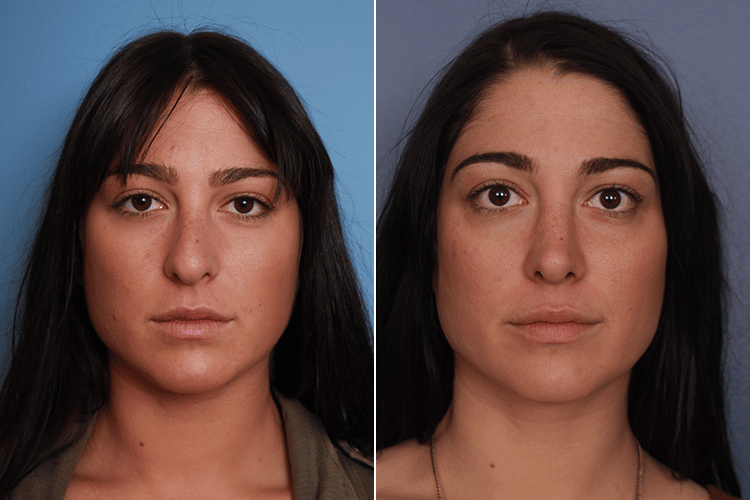
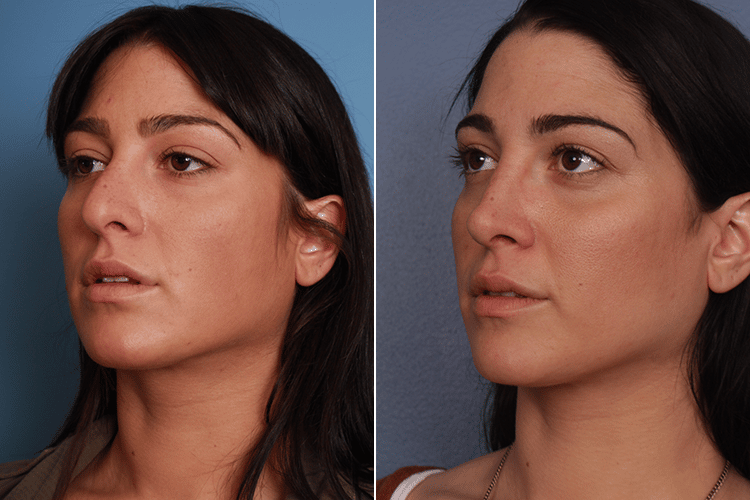
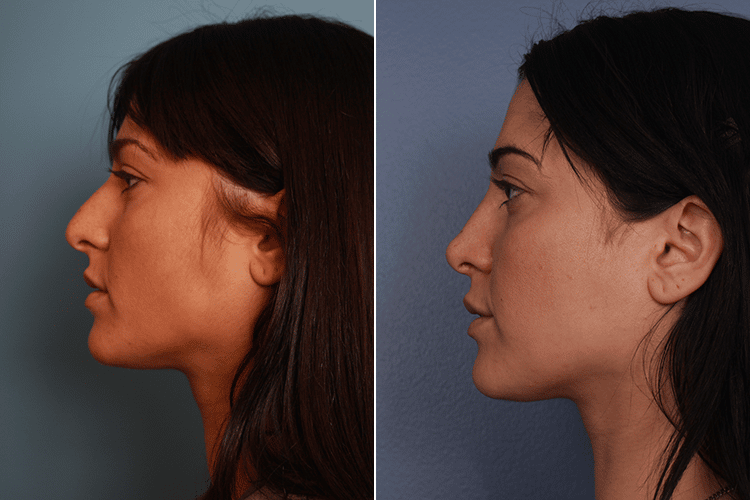
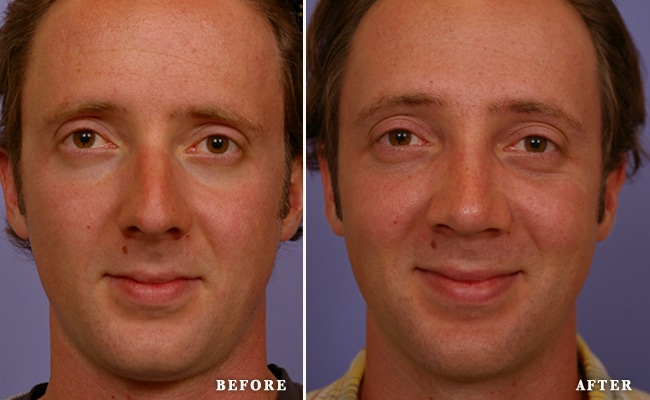
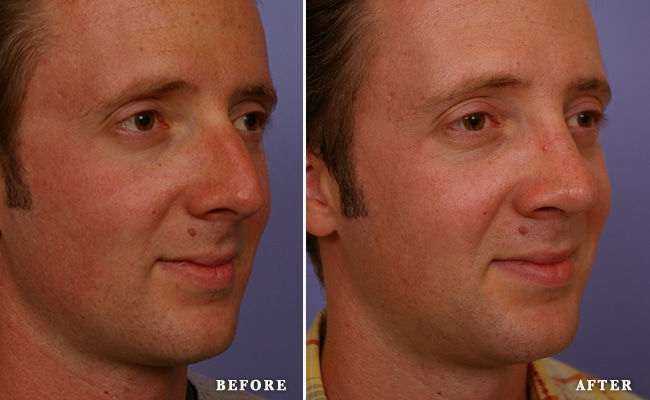
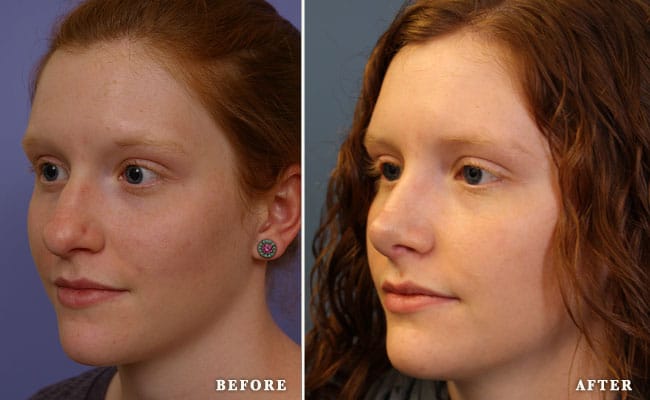
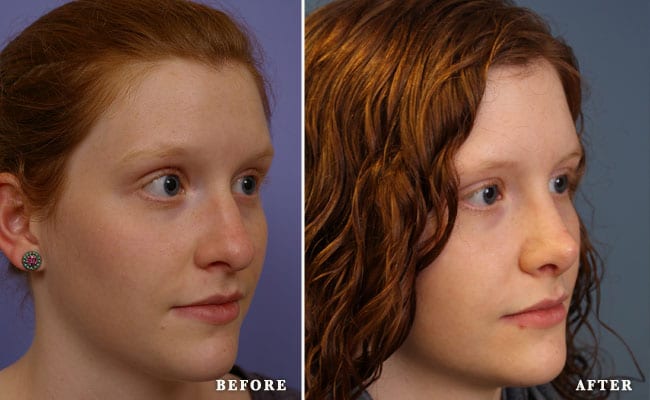
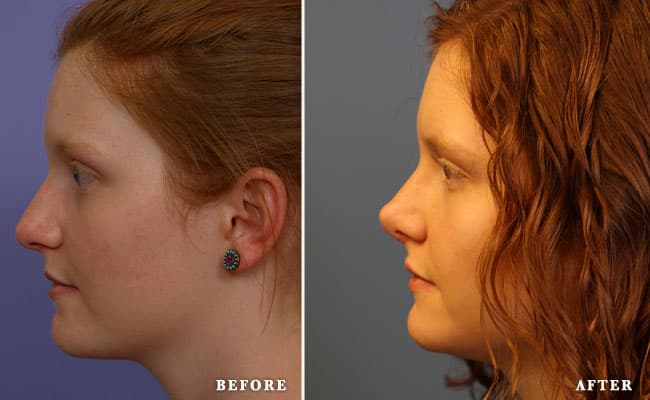
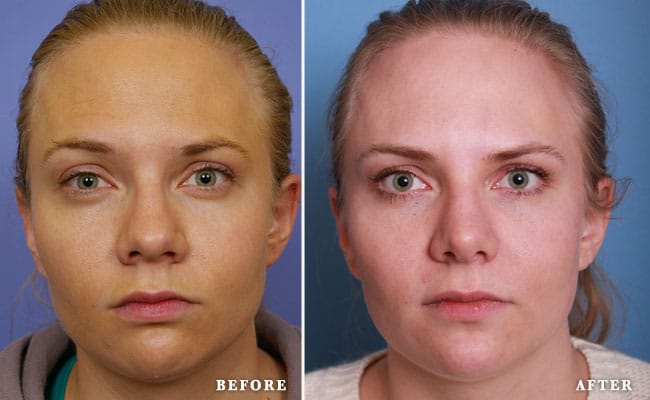
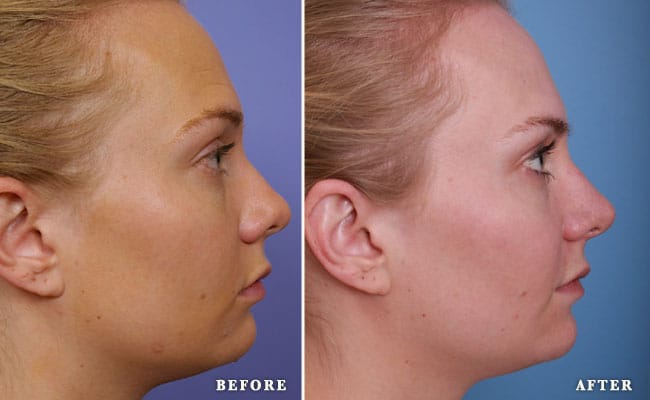
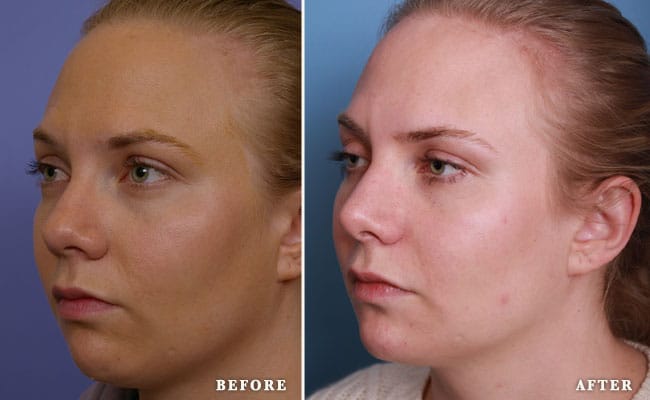





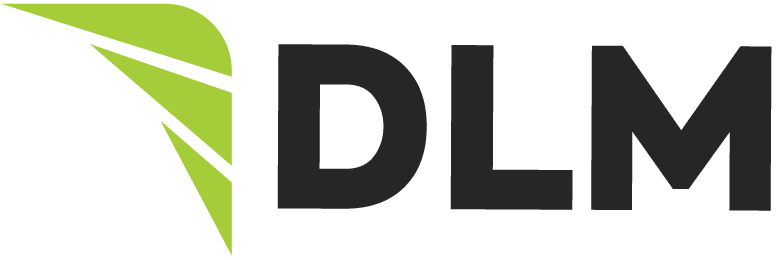
 Call Us
Call Us